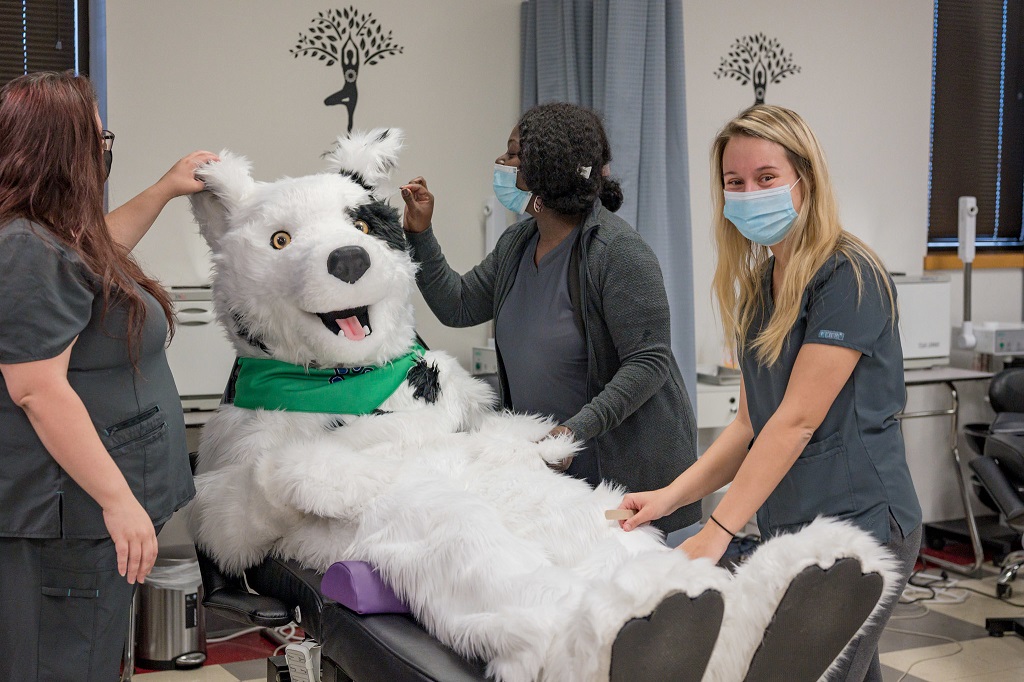
6 Reasons Why You Should Buy A Custom Mascot Costume
Nowadays, most brands want a mascot costume to help their brand stand out. Why should you purchase a custom mascot costume over a generic costume? Read this blog to find out 6 reasons why a custom mascot will be beneficial for your company!






